Granite: The Former King Fading Away
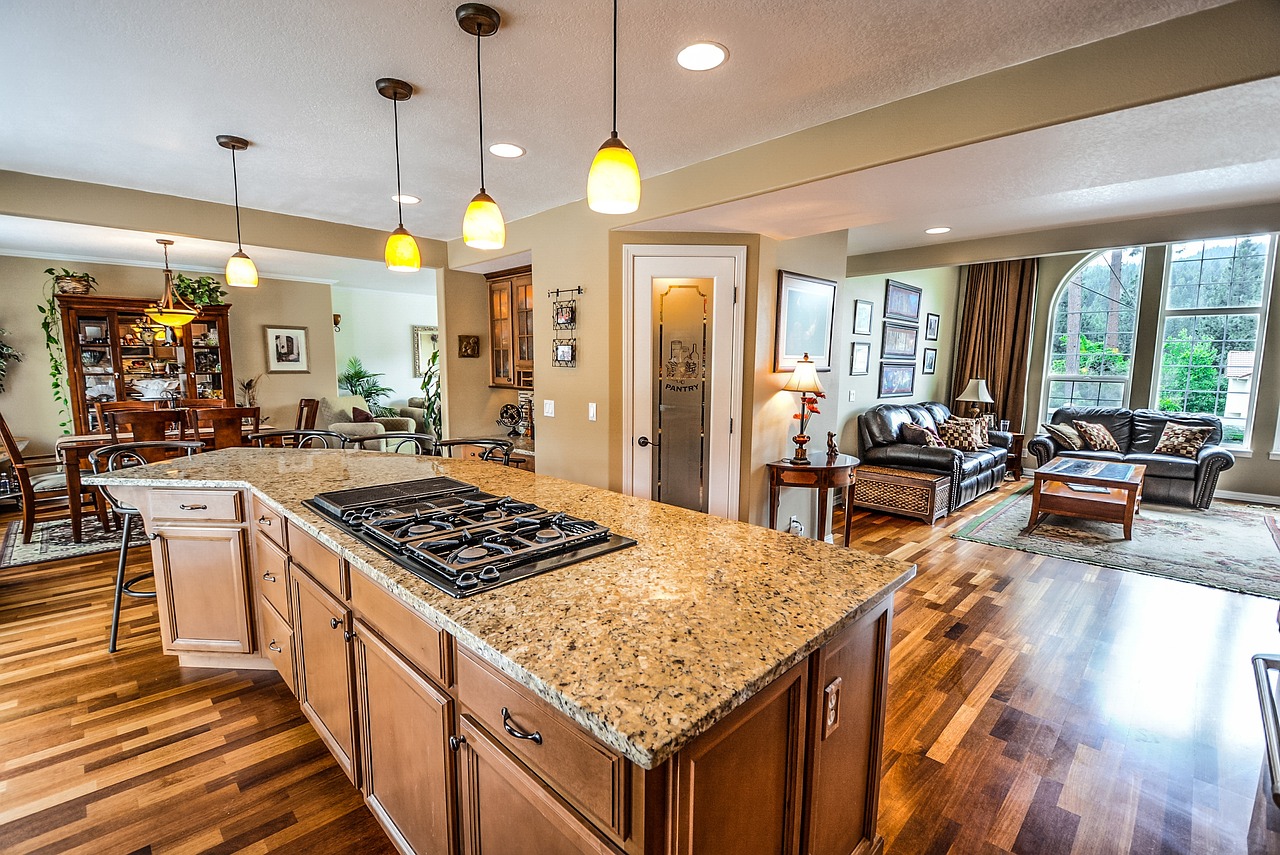
Granite once ruled kitchens across America, with its speckled patterns and glossy finish symbolizing luxury and permanence. However, recent industry data from the National Kitchen and Bath Association shows that demand for granite countertops dropped by over 15% in 2024 as homeowners shift toward sleeker, less busy surfaces. Many designers now consider granite too traditional, describing it as visually “heavy” and difficult to pair with modern cabinetry. People are also moving away from granite due to concerns over staining, regular resealing, and its environmental impact, as quarrying remains energy-intensive. Quartz and porcelain are being chosen instead, as they offer more color consistency and require less upkeep. Consumer surveys in 2025 highlight a strong preference for clean, minimalistic looks—something granite struggles to provide. This swift change is leaving once-coveted granite slabs behind, often making kitchens look dated rather than timeless.
Laminate: The Budget Pick Losing Its Appeal
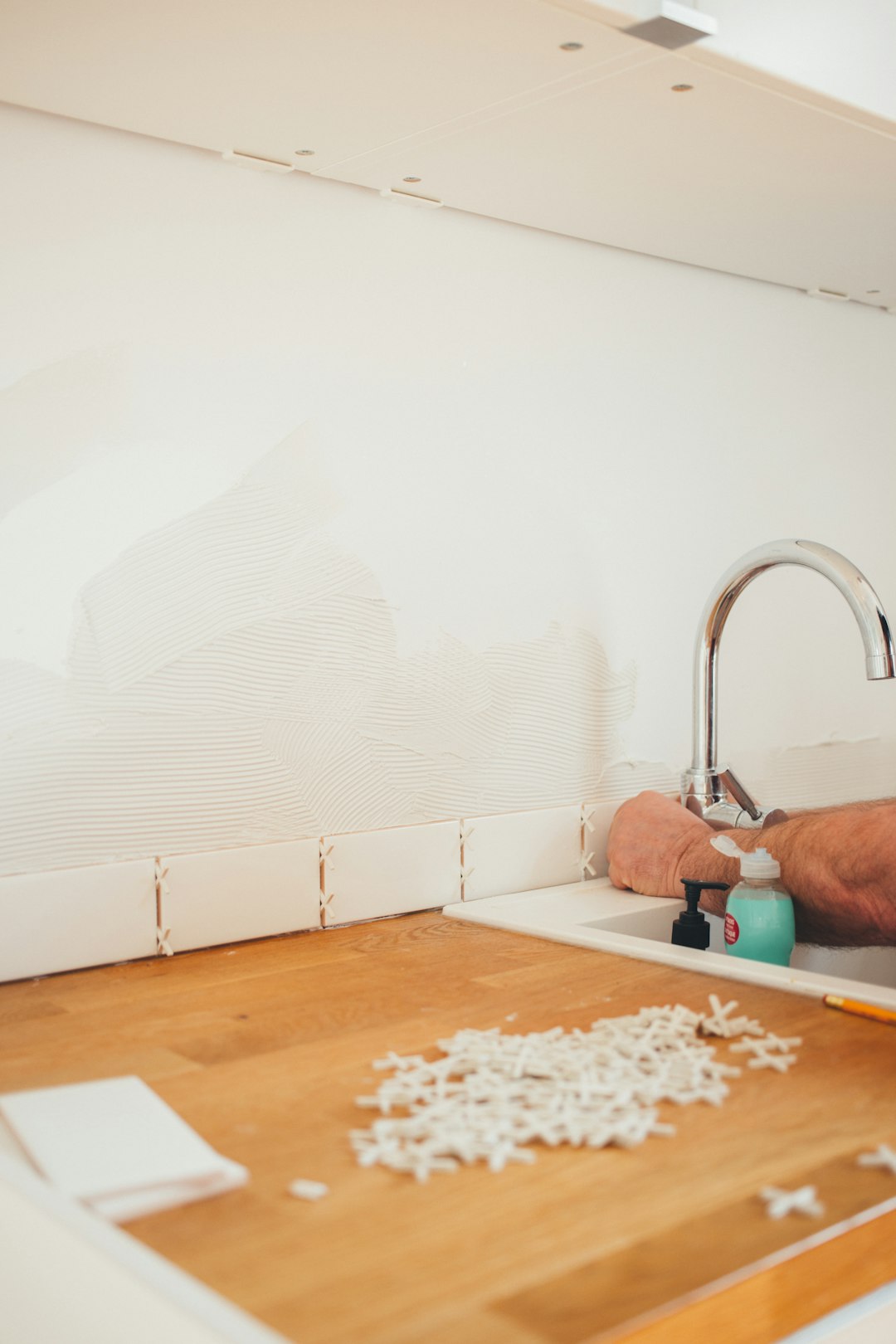
Laminate countertops, with their plastic-coated surfaces and visible seams, are rapidly losing steam in the home renovation world. According to the 2024 Houzz Kitchen Trends Report, laminate’s market share fell below 5%, a stark drop from earlier decades when it was prized for affordability. Homeowners now see laminate as a relic of the 1980s and 90s, and it’s frequently associated with rental units or temporary fixes. Durability issues are a major concern: laminate can chip, warp, or peel, and it lacks the heat and scratch resistance of modern alternatives. Even budget-conscious renovators are opting for new synthetic materials or butcher block, which offer a more upscale look at a comparable price. Real estate agents report that homes with laminate countertops often receive lower offers, as buyers anticipate immediate replacement costs. The new generation of homeowners is simply not interested in reviving laminate’s dated charm.
Ceramic Tile: Too Fussy for Busy Lives
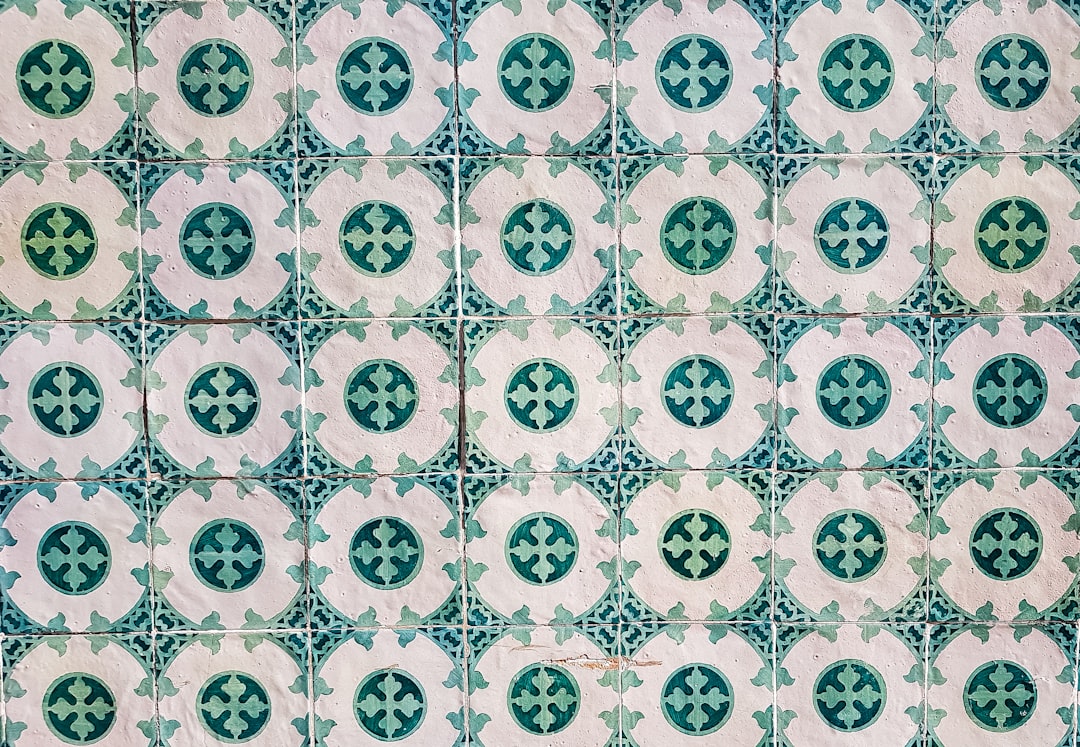
Ceramic tile countertops, once a DIY favorite for their customizable looks, are fast becoming obsolete. The 2024 American Institute of Architects Home Design Trends Survey found a steep 20% decline in tile countertop installations, with designers citing high maintenance as the top reason. Grout lines are magnets for stains and bacteria, making them impractical in today’s fast-paced households, especially for families with kids. Repairing chipped tiles or re-grouting large surfaces is both time-consuming and costly, further driving homeowners toward seamless surfaces. Buyers now consider tile countertops a sign of an outdated kitchen, often budgeting for immediate removal. While vintage lovers may appreciate tile’s nostalgic appeal, most people want a countertop that’s easy to clean and resilient. The trend is clear: convenience and hygiene have dethroned tile.
Marble: Beauty Undercut by Practicality
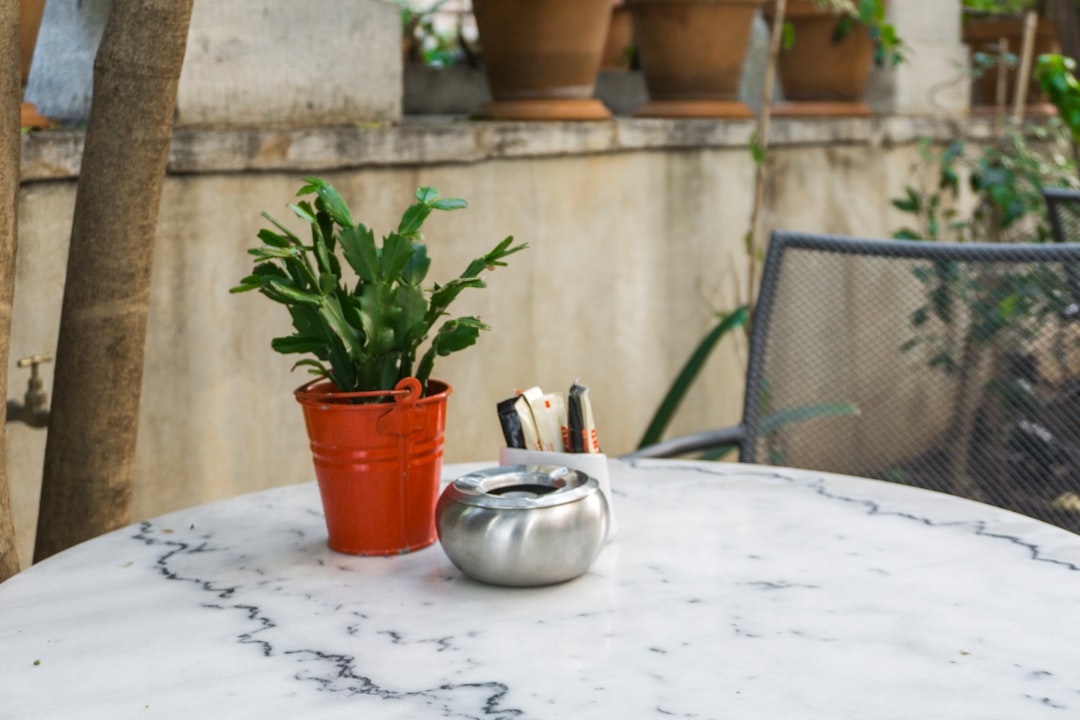
Marble, with its elegant veining and luxurious feel, has lost ground due to its high maintenance and fragility. According to Remodeling Magazine’s 2025 Cost vs. Value Report, fewer than 8% of new kitchens feature real marble, a significant decline from its peak popularity. Homeowners are frustrated by marble’s tendency to scratch, etch, and stain from common kitchen ingredients like lemon juice or red wine. Regular sealing is required, yet even then, accidents can permanently mar the surface. Insurance claims for damaged marble countertops have risen, highlighting their impracticality in busy kitchens. Designers now recommend engineered quartz or even porcelain slabs, which offer similar aesthetics without the stress. The shift reflects a broader move towards functional beauty over delicate luxury.
Butcher Block: Charming, But Not for Everyone
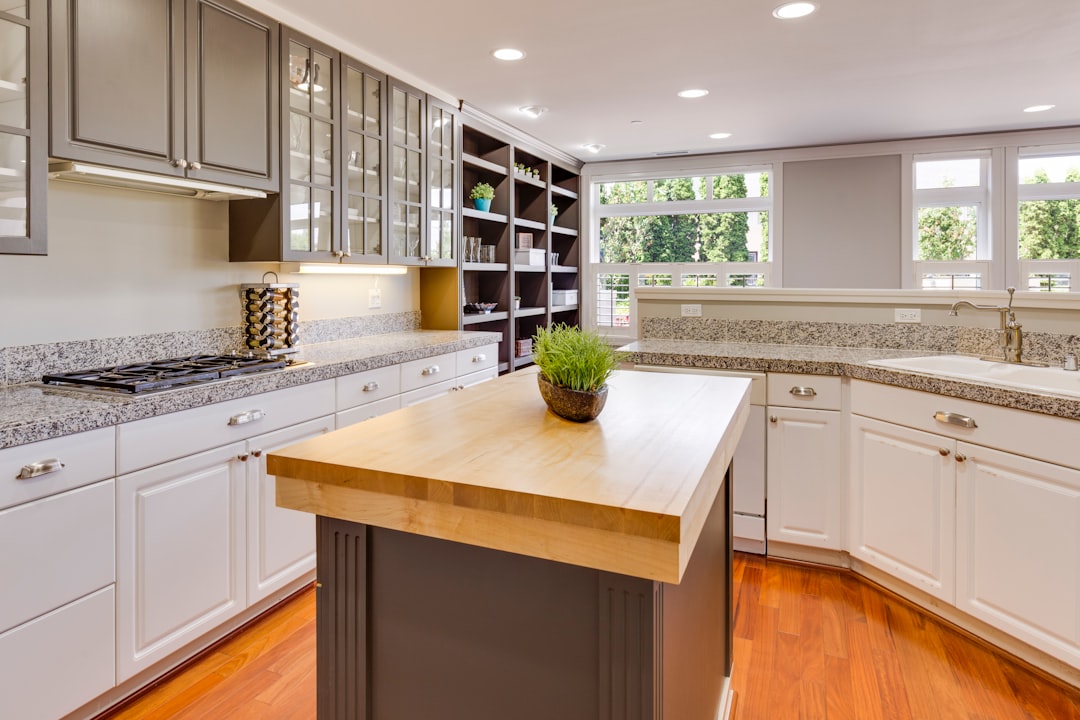
Butcher block countertops, often chosen for their warm, rustic look, are slipping out of favor as kitchens become more contemporary. The Home Improvement Research Institute’s 2024 report noted a 12% decrease in butcher block installations, with homeowners citing concerns about bacteria and upkeep. Wood countertops require regular oiling, and they’re prone to scratches, dents, and even mold if not maintained properly. The Centers for Disease Control and Prevention have also raised concerns about wood harboring bacteria, especially when used as a primary food prep surface. As kitchens increasingly serve as both functional workspaces and social hubs, people want surfaces that are both hygienic and resilient. Many are replacing butcher block with ultra-compact surfaces that mimic wood’s warmth but avoid its drawbacks. The appeal of authenticity isn’t enough to outweigh maintenance headaches for most families.
Concrete: Industrial Cool That’s Cooled Off
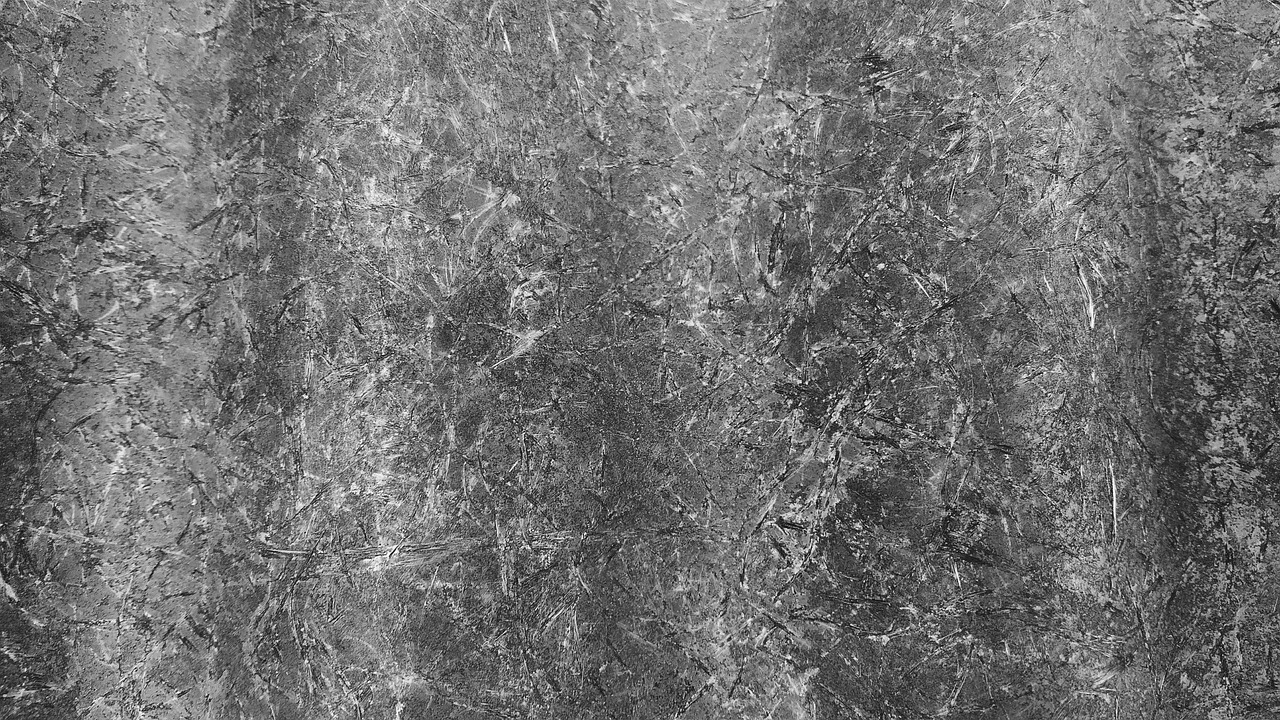
Concrete countertops, once celebrated for their edgy, industrial vibe, are rapidly losing ground due to practical drawbacks. The 2025 National Association of Home Builders survey found that less than 4% of new kitchens feature concrete, down from nearly 10% five years ago. Homeowners complain about hairline cracks, staining, and the need for frequent resealing, making concrete a high-maintenance choice. Its heavy weight can also necessitate costly cabinet reinforcements. Recent safety studies have raised concerns about micro-cracking and food safety if the surface isn’t properly sealed. As trends shift toward lighter, airier spaces and safer materials, concrete is being passed over for options that offer industrial style without the hassle. Even in loft-style homes, designers now prefer quartz or porcelain with concrete-inspired finishes, which are easier to live with.
Stainless Steel: From Pro Kitchen to Polarizing
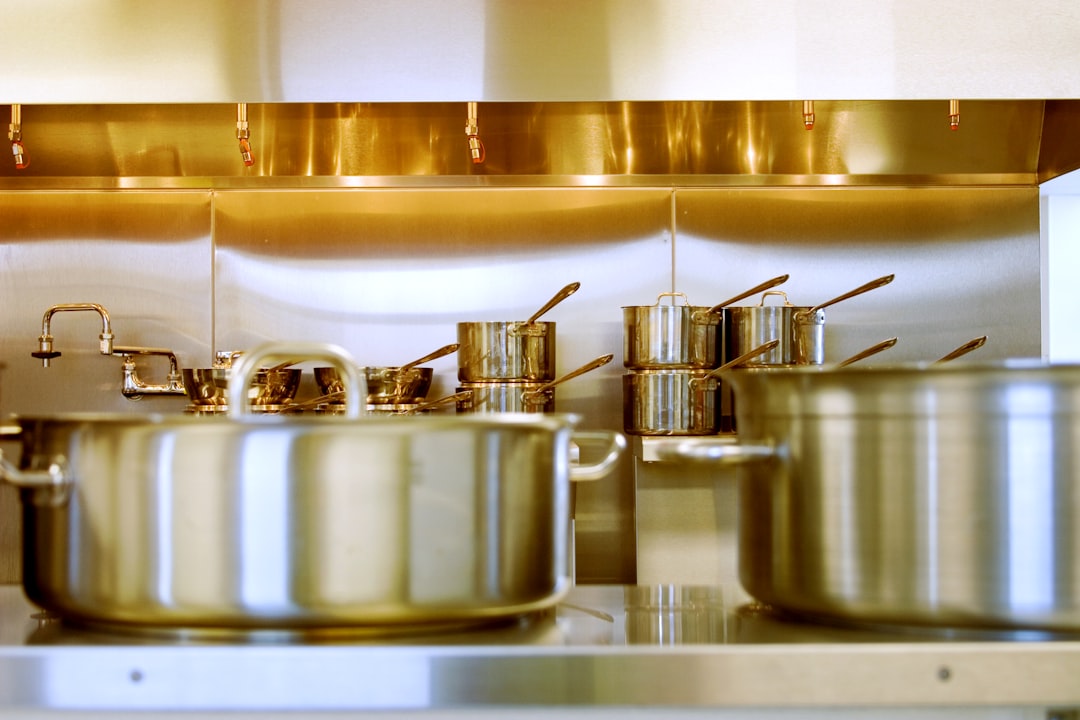
Stainless steel countertops, once the hallmark of high-end restaurant kitchens and modern home designs, are fading quickly in residential spaces. According to the 2025 Kitchen & Bath Industry Show, only about 2% of new kitchen remodels feature stainless steel, compared to nearly 7% in 2020. Homeowners find stainless steel cold, noisy, and notoriously prone to fingerprints and scratches. The industrial look that was popular in the previous decade now feels sterile and unwelcoming to many, especially as open-concept living becomes the norm. Maintenance is another turn-off: keeping stainless steel streak-free is almost a daily chore. As families prioritize warmth and comfort, designers are steering clients toward softer, more inviting surfaces. The era of the home “chef’s kitchen” is giving way to spaces that feel personal and comfortable, leaving stainless steel behind.

Anna Lena Kuhn is a thoughtful and imaginative writer with a passion for storytelling across the themes of travel, environmental sustainability, and contemporary home aesthetics. With a background in cultural media and a strong visual sensibility, Anna Lena creates content that bridges inspiration with practical insight.
Her work explores the interplay between place, lifestyle, and design—guiding readers through meaningful travel experiences, eco-conscious choices, and modern approaches to living well. Known for her elegant writing style and attention to detail, she brings a fresh, human-centered perspective to every topic she covers.
Anna Lena contributes to digital publications and editorial projects where aesthetics meet purpose. Her writing not only informs but also encourages readers to live more intentionally, sustainably, and beautifully—wherever they are in the world.
